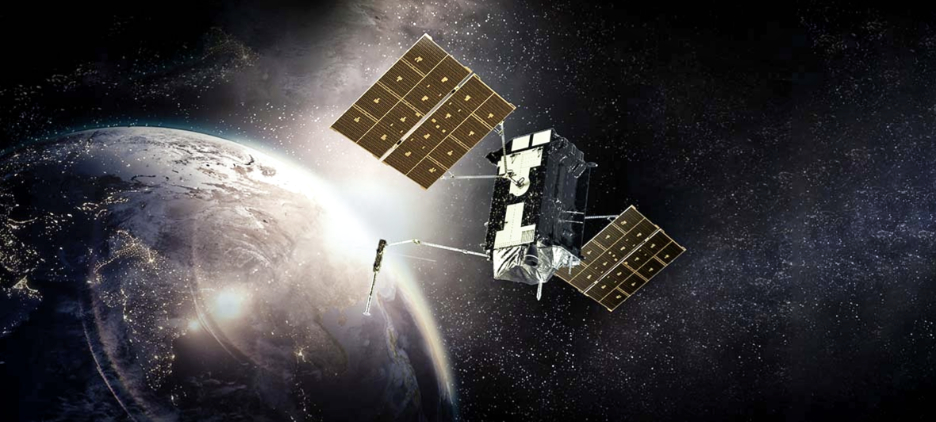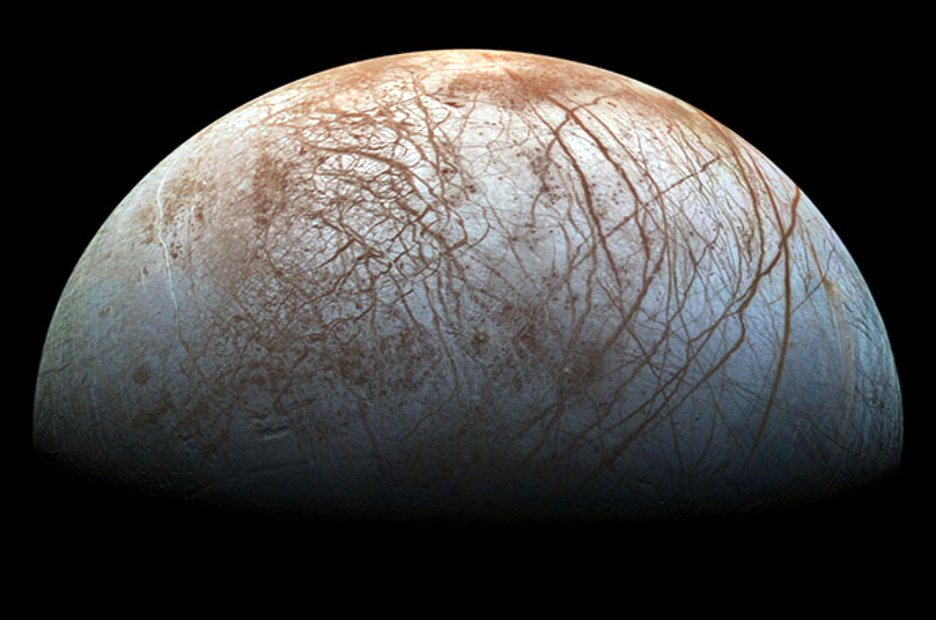
Raytheon Intelligence & Space, a Raytheon Technologies business, is conducting a design study for Real Time Imager, or RTI, a geostationary orbit environmental imager under a contract from the National Oceanic and Atmospheric Administration (NOAA).
Over the next six months, the company will assess a different approach to environmental imaging based on a methodology known as step-and-stare imaging. The approach enables more efficient high-resolution data collection across wide areas of Earth.
The team will look at trade studies on two different architectures using cooled and uncooled infrared detectors. Both studies are based on mature hardware designs found in a wide-range of RI&S programs, including Visible Infrared Imaging Radiometer Suite and Europa Thermal Emission Imaging System programs.

From 500 miles up in space, the Visible Infrared Imaging Radiometer Suite (VIIRS) is changing the way Earth is viewed — the data is critical to industries as diverse as agriculture, finance, transportation, insurance and energy. Image is courtesy of Raytheon.
Equipped with a day-night band, RTI will be able to observe storms across the full Earth disk at visible wavelengths at any time. The company is exploring additional bands for RTI that could improve fire detection and examine ocean colors, coastal waters and aerosols.
At the conclusion of the study contract, NOAA will use the results to support future observing system decisions.
Jeff Puschell, principal engineering fellow, Space Systems for RI&S, stated that with this method, the company can cover the entire continental U.S. in much less than a minute. Once an image is captured, all of the data to the ground will be received within seconds. This will give meteorologists and forecasters a more complete data-set faster than what they have today.

Europa. Raytheon sensor technology will detect any heat signatures in the vast ocean NASA scientists suspect lies beneath its frozen surface. Image is courtesy of NASA.

